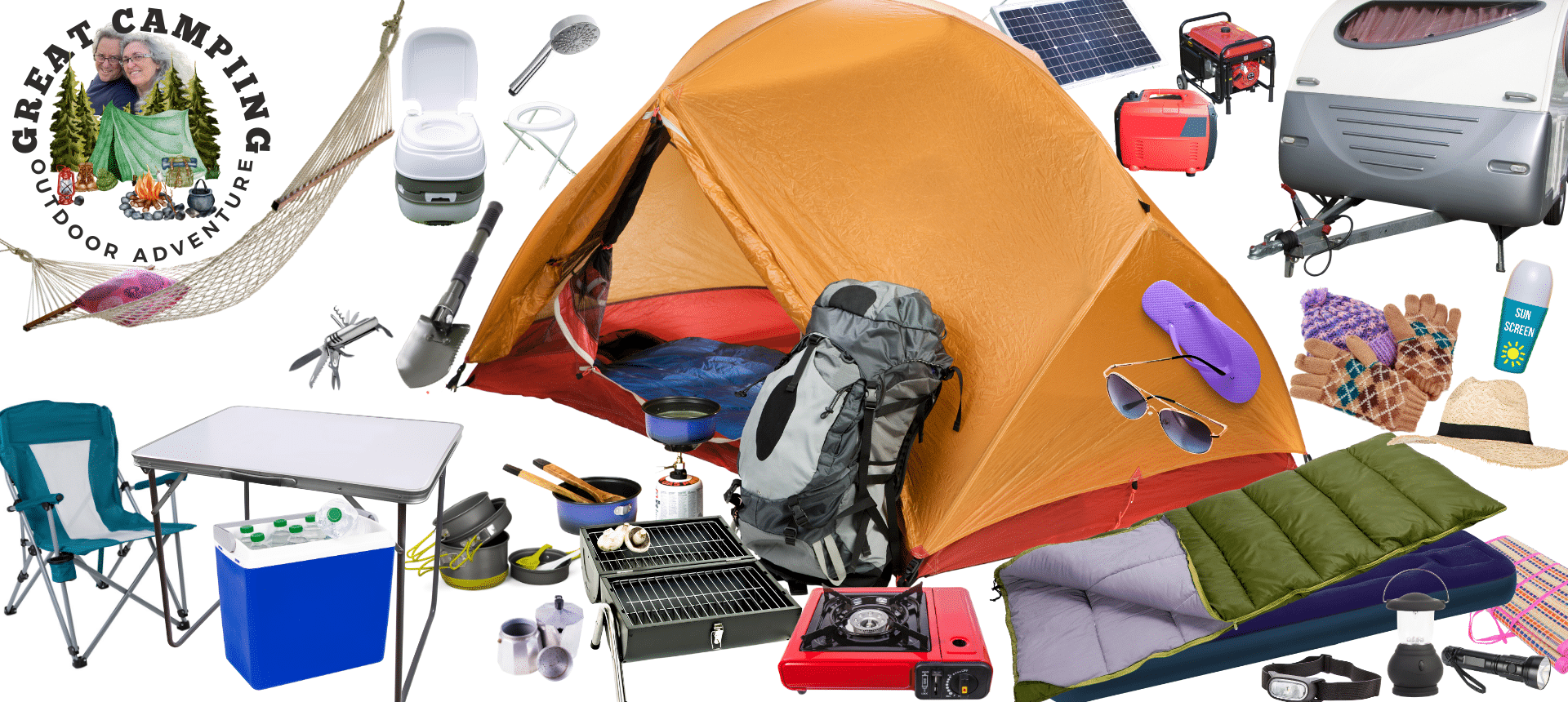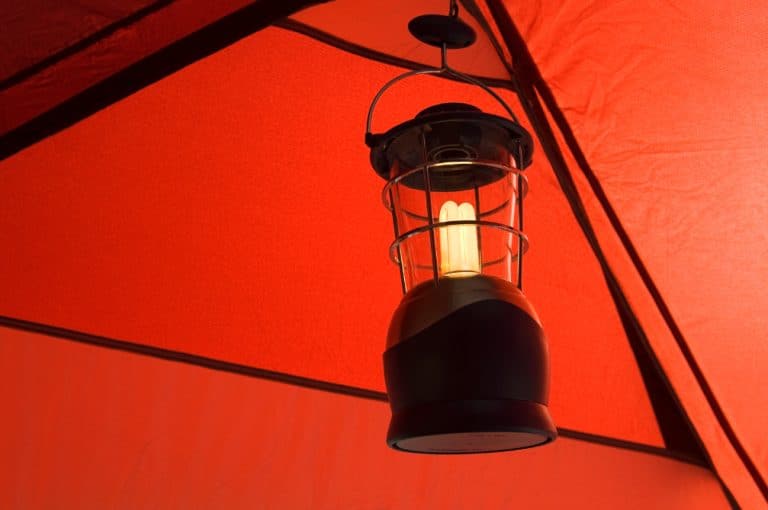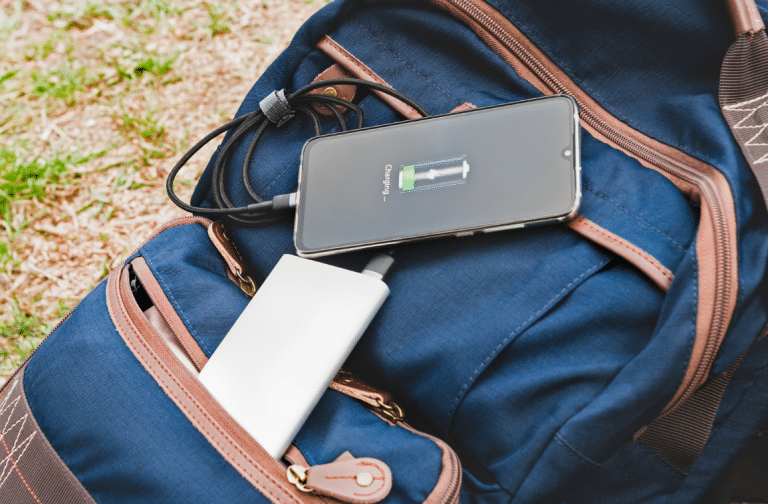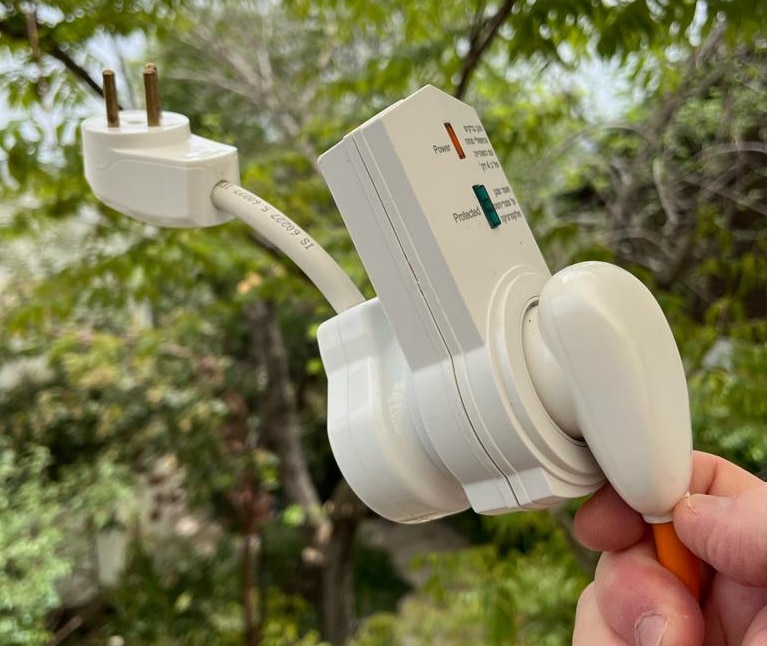Camping lanterns are an essential piece of gear for any outdoor enthusiast. They provide reliable and versatile lighting for your campsite, making it easier to cook, navigate, and enjoy your surroundings after the sun goes down. With a variety of lantern types, power sources, and features available, it’s important to know your options and choose the right lantern for your needs. This comprehensive guide will discuss different types of camping lanterns, their power sources, features, and tips for selecting the perfect lantern for your next adventure.
Types of Camping Lanterns
There are three main types of camping lanterns: gas-powered, battery-powered, and solar-powered. Each type has its advantages and disadvantages, so understanding your needs and preferences will help you make the right choice.
Gas-Powered Lanterns
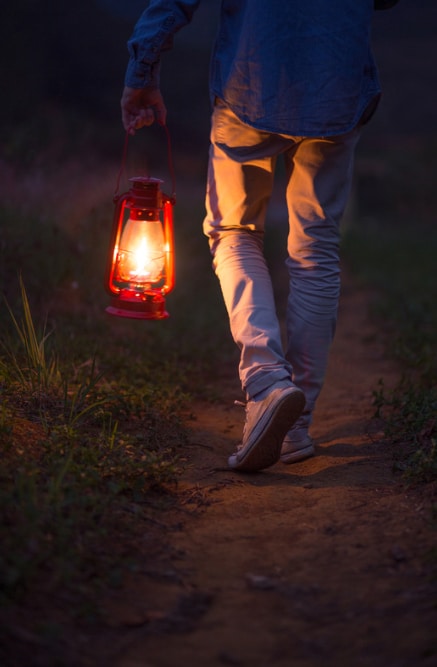
Gas-powered lanterns are fueled by propane, butane, or liquid fuel like white gas. These lanterns typically provide the brightest light and are great for large campsites or group gatherings. However, they can be heavier and bulkier than other options, and they require fuel canisters or bottles, which can be a concern for backpackers or those with limited space.
For gas-powered lanterns, it’s essential to consider the type of fuel they use and the efficiency of their consumption. Propane lanterns are generally easy to use, with widely available fuel canisters, but they may not be as efficient as liquid fuel options. White gas or butane lanterns often provide longer runtimes and better fuel efficiency, but their fuel can be more challenging to find in remote locations. Consider the availability of fuel and the runtime you require when choosing a gas-powered lantern.
Camping lanterns should be used with care to avoid accidents and ensure a safe camping experience. Gas-powered lanterns can produce heat and carbon monoxide, so they should be used in well-ventilated areas and kept away from flammable materials. Battery-powered and solar lanterns are generally safer options, but it’s essential to follow the manufacturer’s guidelines for use and maintenance to prevent any issues.
Battery-Powered Lanterns
Battery-powered lanterns use either disposable or rechargeable batteries as their power source. These lanterns are generally lighter and more compact than gas-powered options and don’t require any fuel. However, they may not be as bright as gas lanterns, and you’ll need to ensure you have spare batteries or a charging source if using rechargeable batteries.
Solar-Powered Lanterns
Solar-powered lanterns use built-in solar panels to charge during the day and provide light at night. These lanterns are an eco-friendly option that eliminates the need for disposable batteries or fuel canisters. However, their performance can be affected by cloudy weather or lack of sunlight, so they may not be the best choice for all situations.
Light Output and Brightness

Light output and brightness are essential factors to consider when selecting a camping lantern for your outdoor adventures. A lantern’s brightness is usually measured in lumens, which indicates the total amount of light emitted by the lantern. The higher the lumens, the brighter the light produced. However, it’s important to remember that a higher lumen rating doesn’t always mean better performance; the lantern’s design, lens, and reflector can also impact the quality of light produced.
Lumens Range
Camping lanterns come in a wide range of brightness levels, typically ranging from 50 to over 1000 lumens. When choosing a lantern, consider the amount of light you need for your camping activities. For example, a lantern with 50-100 lumens may be sufficient for basic tasks like reading or cooking, while a lantern with 300 or more lumens would provide better illumination for larger campsites or group gatherings.
Adjustable Brightness
Many camping lanterns feature adjustable brightness settings, allowing you to control the light output to suit your needs. This can be particularly useful for conserving battery life or fuel, as you can lower the brightness when less light is needed. Look for lanterns with a dimming feature or multiple light settings to provide the most versatility.
Beam Distance and SpreadBeam Distance and Spread
In addition to brightness, consider the lantern’s beam distance and spread. Some lanterns produce a focused beam of light, which can be useful for tasks that require targeted illumination. Others offer a wider, more diffused light output, creating a more ambient lighting environment for your campsite. The best option for you will depend on your specific needs and preferences.
Color Temperature
Another aspect of light output to consider is the color temperature of the lantern. Color temperature is measured in Kelvins (K) and refers to the hue of the light emitted. A lower Kelvin rating, around 2700K-3000K, produces a warmer, yellowish light, while a higher Kelvin rating, around 5000K-6500K, results in a cooler, bluish light. Warmer light can create a more relaxing atmosphere, while cooler light may be better for tasks that require attention to detail.
When selecting a camping lantern, consider the light output and brightness levels that will best suit your needs. Take into account the lumens range, adjustability, beam distance and spread, and color temperature of the lantern to ensure that you have the optimal lighting solution for your camping adventures.
Runtime and Power Management
The runtime of a lantern refers to how long it can provide light on a single charge or set of batteries. Longer runtimes are generally better, but they may come at the expense of brightness or added weight. Some lanterns offer adjustable brightness settings, allowing you to conserve power and extend runtime when maximum brightness isn’t necessary.
Durability and Weather Resistance
Camping lanterns should be built to withstand the rigors of outdoor use, including exposure to weather and potential impacts. Look for lanterns with durable construction materials, such as impact-resistant plastics or metal. Additionally, consider lanterns with weather-resistant features like water resistance or waterproof ratings to ensure your light source remains functional in various conditions.
Portability and Size
The size and weight of your camping lantern are essential factors to consider, especially if you’re backpacking or have limited storage space. Smaller, lightweight lanterns are more portable but may sacrifice brightness or runtime. Larger lanterns typically provide more light and longer runtimes but can be bulkier and heavier.
Additional Features
Some camping lanterns offer additional features that can enhance your camping experiences, such as built-in USB ports for charging electronic devices, hooks or handles for easy hanging, and integrated flashlights for added versatility. Consider your specific needs and preferences when evaluating these extra features.
Price and Budget
Camping lanterns are available at various price points, so it’s crucial to find one that fits within your budget without sacrificing quality or necessary features. While higher-priced lanterns may offer better performance and durability, there are many affordable options that still provide excellent lighting for your campsite.
Final Thoughts
A reliable camping lantern is a must-have for any outdoor enthusiast, providing essential lighting for your campsite and enhancing your overall camping experience. By considering factors like the type of lantern, light output, runtime, durability, portability, and additional features, you can find the perfect lantern to illuminate your next adventure. Don’t forget to consult reviews and recommendations to ensure you’re making the best choice for your needs and enjoy a well-lit campsite on your next outdoor excursion.
